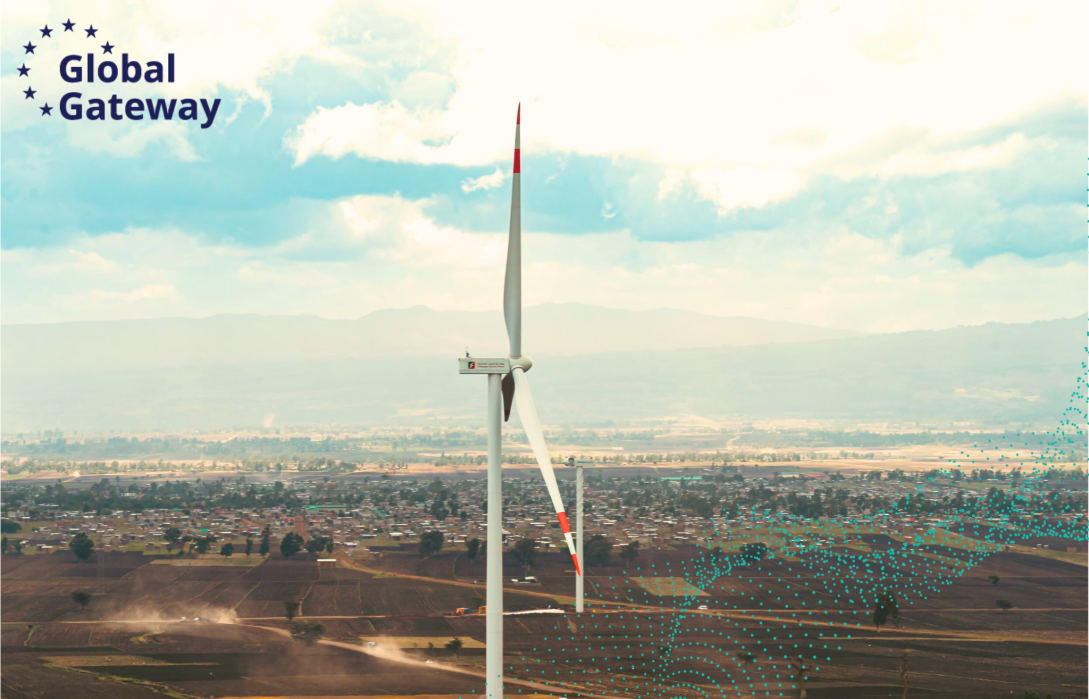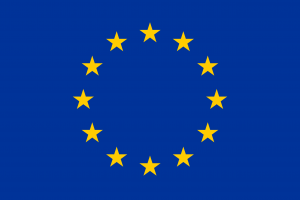Assela Wind Farm - Powering a Greener Ethiopia

Strategic importance
The Assela 100MW wind farm supports Ethiopia’s ambition to achieve the Sustainable Development Goals and middle-income status by 2030 through a climate-resilient and low-carbon development path.
Large-scale renewable energy generation is key to supporting universal electrification and reducing reliance on fossil fuels in transport and industry, as well as on traditional biomass fuels predominantly used by rural households.
Ethiopia’s electricity supply is heavily dependent on hydropower, making it vulnerable to annual fluctuations in rainfall. Global climate models predict more variation in precipitation. Assela wind farm represents a critical step towards energy diversification, hence energy security.
With the Assela wind farm, Ethiopia moves closer to becoming a regional power hub in Eastern Africa, eventually supporting the decarbonisation across the region.
Overall, the project showcases the robust partnership between Ethiopia and Team Europe partner Denmark, building on its extensive experience in wind energy and sustainable practices. It is a perfect example of the European Global Gateway strategy: leveraging sustainable financing and expertise from public and private Team Europe partners to build smart, clean and secure energy connections worldwide.

European Union, 2025 |

European Union, 2025 |
Investment
The total investment of EUR 165 million (USD 186 million) is fully financed by Team Europe member Denmark. Half of the financing is a grant from IFU’s Danida Sustainable Infrastructure Finance (DSIF) and half is a loan from Danske Bank.
The project is owned by Ethiopian Electric Power (EEP). European company Siemens Energy was awarded the turnkey engineering, procurement and construction (EPC) contract in 2021 for the delivery of 29 turbines will an overall 100MW capacity installed.
Location
The location was selected following an extensive feasibility study that began with the Solar and Wind Energy Resource Assessment (SWERA) and wind data collection in 2016. The site is situated on a high plateau near Iteya, 150km south of Addis Ababa, in the Oromia region, with convenient access to roads and the transmission grid.
Expected results
-
29 wind turbines (SG 3.4-132) installed
-
100 MW installed capacity
-
300 GWh of electricity generated annually
-
Electricity needs of more than 140,000 households (700,000 people) covered
The first turbine began supplying power to the national grid in April 2025. Thereafter, 1-2 turbines will be commissioned each week, with all 29 turbines expected to be fully operational by the end of 2025.

European Union, 2025 |

